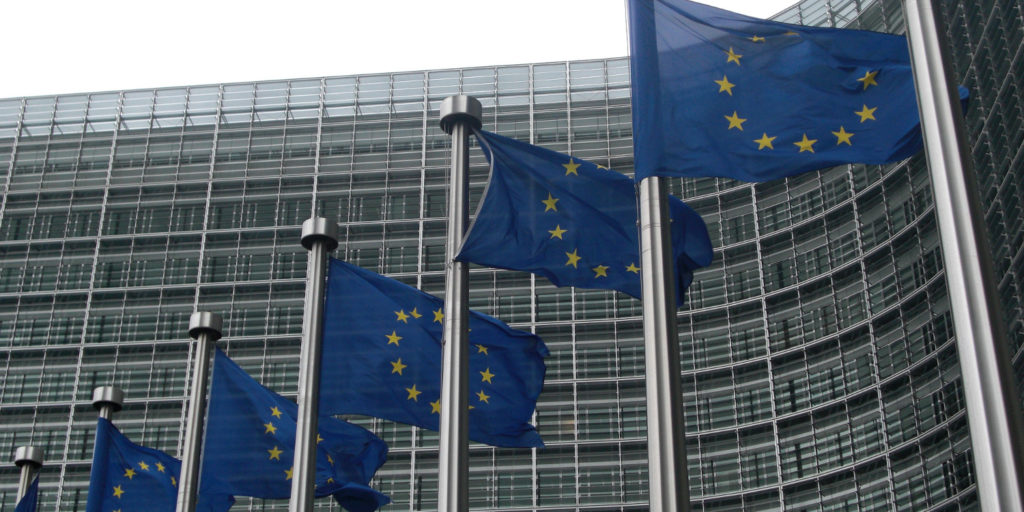The European Parliament has adopted three new regulations and a new directive for a revised internal electricity market in the EU. The European Commission submitted the proposal in late 2016, as part of negotiations over the Clean Energy for All Package.
The legislative package included a range of directives and regulations that were designed to improve energy efficiency and increase the share of renewable energy in Europe, while establishing regulations to foster the adoption of distributed-generation assets. The European Parliament has passed proposals for the new Electricity Market Regulation and Electricity Market Directive, as well as proposals for the Regulations on Risk Preparedness and the Agency for the Cooperation of Energy Regulators (ACER).
Substantial parts of the package have already passed the legislative stage. The Governance of the Energy Union Regulation, the revised Energy Efficiency Directive, the revised Renewable Energy Directive and the Energy Performance of Buildings Directive went into force last year.
The EU says that negotiations on the Clean Energy Package are now complete, as the European Parliament has given the green light to the last four blocks of legislation on energy market rules. Following parliamentary approval, the Council of Ministers of the EU will have to formally approve the text of the directive and three regulations, after which the new laws will be published in the Official Journal of the Union. Two of the regulations will enter into force immediately, while the third pertaining to electricity regulations will see its date of application on January 1, 2020. The directive will have to be transposed into national law within 18 months.
“I thank the European Parliament for its strong support for the clean and fair energy transition, taking the EU a step closer towards delivering the Energy Union with citizens at its core, one of the key priorities President Juncker set out for this commission,” said Commissioner for Climate Action and Energy Miguel Arias Cañete. “Today's approval of the new electricity market design will make energy markets more flexible and facilitate the integration of a greater share of renewable energy. An integrated EU energy market is the most cost-effective way to ensure secure and affordable supplies to all EU citizens. I am particularly pleased that we have agreed on a common framework for capacity mechanisms that will ensure such mechanisms will be in line with our climate objectives in the future while taking into account legitimate security of supply concerns.”
Popular content
The commission says the new rules were designed to empower energy consumers to play an active role in the energy transition. The new market rules envision the free trade of energy, with more cross-border trade possibilities and flexibility options to accommodate a higher share of variable renewable energy. Additionally, the new energy market will place a bigger focus on digitalization. It will also prioritize market competition to keep prices in check. Capacity subsidies to power plants emitting more than 550gr CO2/kWh will be phased out under the new rules.
The rules now state that national measures should not unduly hamper cross-border trade flows, consumer participation or investments. Prices for ancillary services, re-dispatch and curtailment could incrementally become a market-based exercise, following the provisions of the revised market design. Also, the new market rules set out a framework for local energy communities, aggregators and virtual power plants, as they can now be built in new European markets that previously had regulations barring such developments.
The bloc’s latest update of its energy market rules dates back to 2009. Since then, the energy system has undergone a substantial transition. The new rules might therefore help to facilitate the shift to a carbon-neutral economy by 2050.
This content is protected by copyright and may not be reused. If you want to cooperate with us and would like to reuse some of our content, please contact: editors@pv-magazine.com.



By submitting this form you agree to pv magazine using your data for the purposes of publishing your comment.
Your personal data will only be disclosed or otherwise transmitted to third parties for the purposes of spam filtering or if this is necessary for technical maintenance of the website. Any other transfer to third parties will not take place unless this is justified on the basis of applicable data protection regulations or if pv magazine is legally obliged to do so.
You may revoke this consent at any time with effect for the future, in which case your personal data will be deleted immediately. Otherwise, your data will be deleted if pv magazine has processed your request or the purpose of data storage is fulfilled.
Further information on data privacy can be found in our Data Protection Policy.